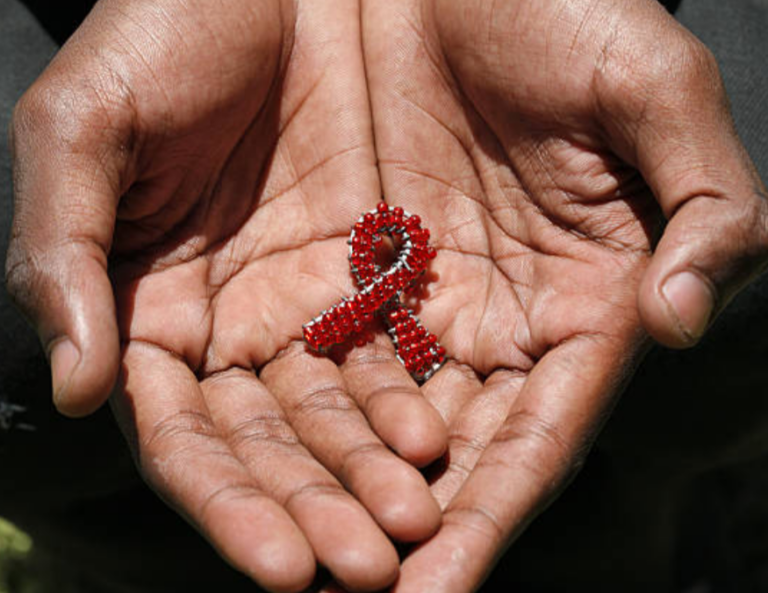
May 12, 2022- 7:43 a.m.
When Martha Smith came down with a cough that turned out to be COVID in late April, she figured she’d be able to get Paxlovid, the antiviral pill that’s now in increasingly ample supply at many pharmacies, pretty quickly.
“I thought it was going to be easy,” said Smith, who lives in Oakland. “We’ve been at this for two years, surely we have developed some processes around this.”
Instead, Smith spent the next two days on the phone, speaking to multiple doctors and CVS locations before tracking down the Pfizer drug at a pharmacy in Oakland. All the while, the clock was ticking because she began the process three days into her symptoms and Paxlovid must be started within the first five days of onset to properly do its job.
“You would’ve thought I was the first person to have ever asked for this, which seems like a public health education flaw, but also an organizational flaw,” said Smith, who is vaccinated and boosted and qualifies for the drug because her weight puts her at higher risk for progressing to severe disease.
Public health officials are racing to raise awareness and improve access to Paxlovid so people like Smith can halt mild COVID symptoms before they get more serious. Unlike remdesivir and monoclonal antibody infusions — treatments that have been around longer than the pills, but require people to go to a hospital or clinic — antiviral pills have been lauded as a cheap, accessible way anyone could get treatment at home by picking them up at a pharmacy.
Combined with widespread vaccination and boosting, the pills offer a promise unthinkable when the pandemic started in 2020: that almost nobody should die from COVID anymore. Experts from FDA Commissioner Dr. Robert Califf to local Bay Area health officers are now daring to talk about “zero COVID deaths,” thanks to the combined power of shots and pills.
Greater usage nationwide has highlighted a potential concern with Paxlovid, known as the “rebound” effect, where some people who finished their course of pills see symptoms return or later test positive again. In Pfizer’s clinical trials, this was reported at rates of 1.5% and 2%, and researchers are still trying to figure out how common it is in the real world and why it happens.
Doernberg said she has heard about this phenomenon anecdotally, but that it doesn’t discourage her from prescribing Paxlovid. “There’s definitely something out there, it’s just hard to know if people are able to test more, if it’s happening in people who don’t get treated, how often it’s happening,” she said. “All these things we need to quantify a little bit more.”
Whether antivirals will indeed be the game-changers many hoped remains unclear. One way to measure it, at the community level, is whether hospitalizations and deaths stay relatively low. On that front, things seem to be going well: hospitalizations are rising less steeply, proportionally to cases, than in previous surges. That metric, however, is influenced by so many other factors — how omicron subvariants are behaving, how many people are vaccinated and boosted, how many people have some natural immunity — that it’s hard so far to attribute it to treatments alone.
It may be, however, that antiviral pills have the power to shape behavior at the individual level, giving people like Smith some comfort in taking reasonable risks, aware that if she does fall ill, she can get an effective treatment.






